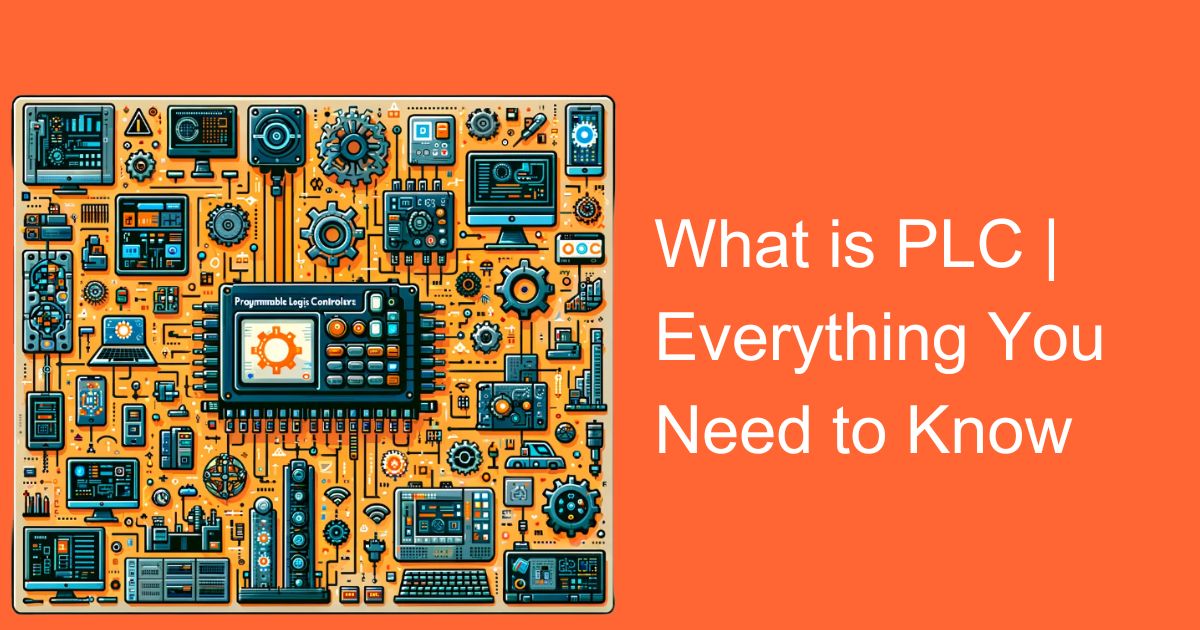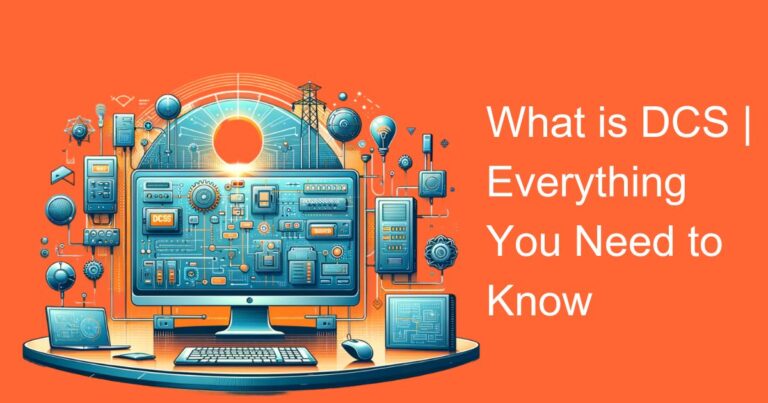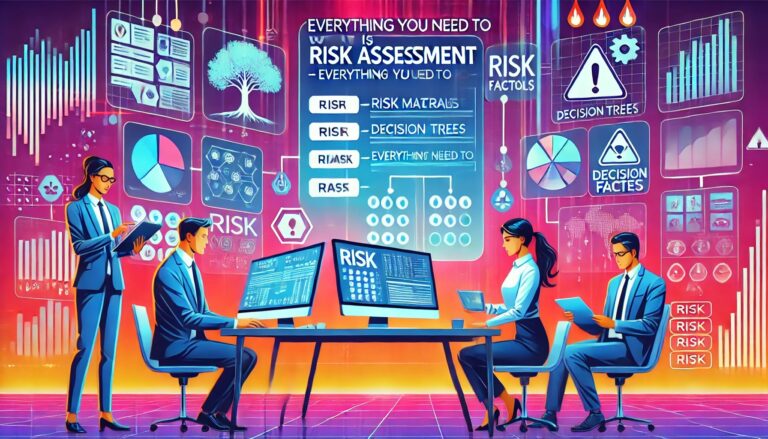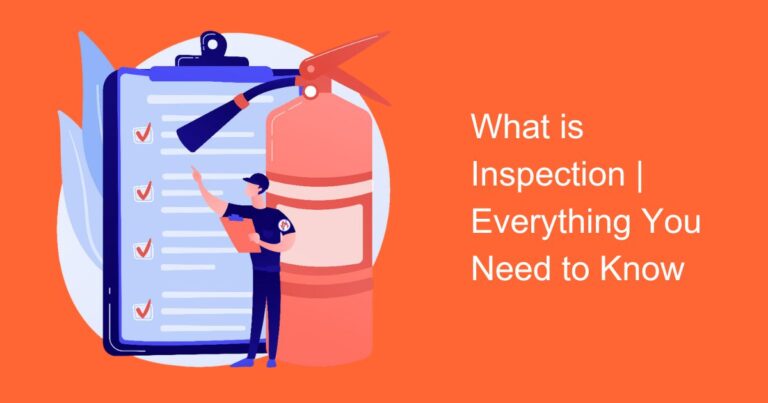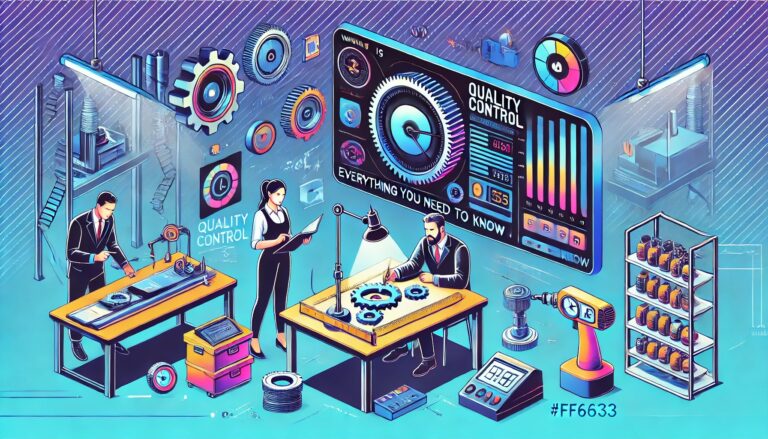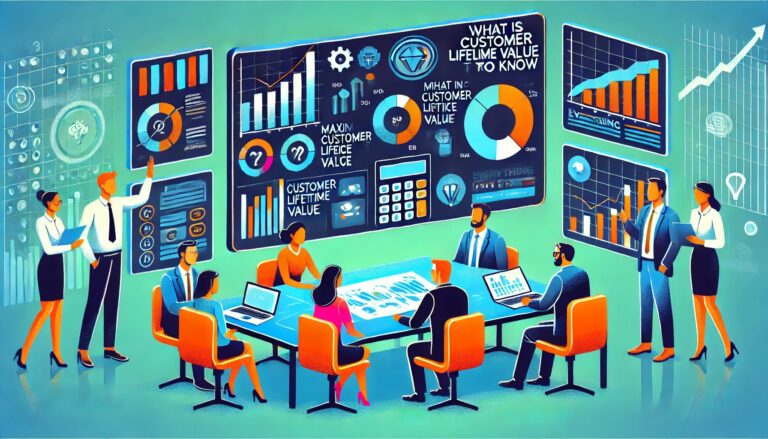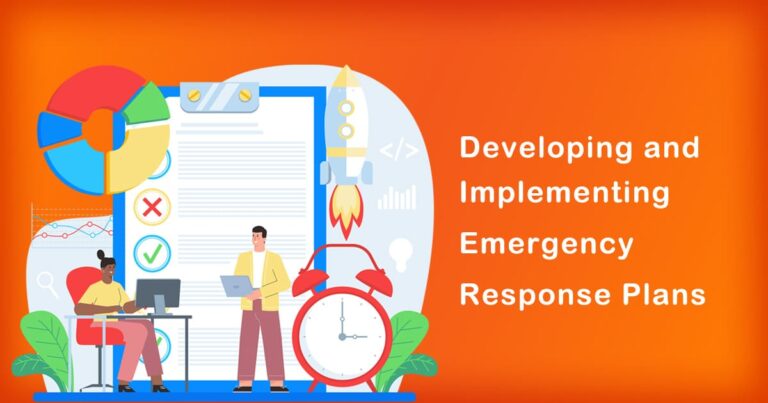Introduction
In the world of industrial automation, PLC, or Programmable Logic Controller, plays a pivotal role. It is the cornerstone of modern manufacturing and process control systems. PLCs have evolved over the years, and their applications have expanded exponentially. In this comprehensive guide, we will delve into what is PLC, from their basic functions to their advanced capabilities, and explore their importance in various industries.
Understanding the Basics of PLC
A Programmable Logic Controller, or PLC, is an industrial-grade computer designed to control and automate various processes and machines. PLCs are equipped with a processor that executes control algorithms, memory for storing program logic and data, input and output interfaces to communicate with the external world, and a programming environment to create and modify control logic.
The Origins of PLC
The concept of PLCs emerged in the late 1960s as an alternative to hardwired relay control systems. Engineers sought a more flexible and cost-effective solution for controlling industrial processes. The first PLC, the Modicon 084, was introduced in 1969 by Dick Morley and his team, revolutionizing industrial automation.
Key Components of a PLC
To understand PLCs better, let’s break down their key components:
Processor Unit: The brain of the PLC, responsible for executing the control program.
Memory: Stores the control program, user-defined data, and system configuration.
Input Modules: Interfaces with sensors and other input devices to gather real-world data.
Output Modules: Interfaces with actuators and other output devices to control processes.
Communication Ports: Facilitates communication with other devices, networks, and control systems.
Programming Environment: A software tool for creating and modifying control logic.
Programming a PLC
Programming Languages
PLCs support various programming languages, with ladder logic being the most common. Ladder logic resembles electrical schematics, making it intuitive for engineers with a background in electrical control. Other languages include structured text, function block diagrams, and sequential function charts, each suitable for specific applications.
Logic and Functions
Programming a PLC involves creating logical instructions to control processes. These instructions can include mathematical operations, timers, counters, and conditional statements. With these building blocks, complex control sequences can be developed to meet specific requirements.
PLC Programming Software
Modern PLCs are programmed using specialized software tools. These tools provide an intuitive graphical interface for designing control logic. Engineers can simulate and debug their programs before deploying them to the PLC, ensuring system reliability and safety.
Applications of PLCs
PLCs find applications in various industries, including manufacturing, automotive, food processing, pharmaceuticals, and energy. Here are some common use cases:
Manufacturing Automation
PLCs control machines, robots, conveyors, and assembly lines, optimizing production processes for efficiency and consistency.
Process Control
In industries like petrochemicals and water treatment, PLCs regulate complex chemical processes to maintain product quality and safety.
Building Automation
PLCs manage HVAC systems, lighting, and security in commercial and residential buildings, enhancing energy efficiency and comfort.
Automotive Industry
PLCs are crucial in automobile manufacturing, controlling robotic arms, welding machines, and quality assurance systems.
Food and Beverage Industry
PLCs ensure precise control of cooking, packaging, and quality inspection processes in food production.
Advanced PLC Features
PLCs have evolved to offer advanced features that enhance their capabilities:
Redundancy:
Dual PLC configurations ensure system reliability by switching to a backup PLC in case of a failure.
Connectivity:
PLCs can communicate with other PLCs, HMI (Human-Machine Interface) systems, SCADA (Supervisory Control and Data Acquisition) systems, and enterprise networks.
Safety Functions:
Safety PLCs incorporate features like emergency stop and safety interlocks to protect personnel and equipment.
IoT Integration:
PLCs can connect to the Internet of Things (IoT) for real-time data analysis and remote monitoring.
Motion Control:
Advanced PLCs can control servo motors and robotic arms for precise motion control applications.
The Future of PLC
Industry 4.0 and PLCs
The advent of Industry 4.0 is transforming manufacturing and automation. PLCs are at the heart of this revolution, bridging the gap between traditional automation and digitalization. They enable data-driven decision-making, predictive maintenance, and adaptive manufacturing processes.
AI and Machine Learning
PLCs are beginning to incorporate artificial intelligence and machine learning algorithms to optimize processes further, detect anomalies, and improve efficiency.
Cybersecurity
As PLCs become more connected, ensuring robust cybersecurity measures is paramount to protect critical infrastructure from cyber threats.
Conclusion
In this comprehensive exploration of PLCs, we’ve covered their origins, components, programming, applications, advanced features, and their role in shaping the future of industrial automation. PLCs are the unsung heroes behind the scenes, driving efficiency, safety, and innovation across industries. As technology continues to advance, so will the capabilities of these versatile devices, cementing their position as indispensable tools in the world of automation. Understanding PLCs is not just essential for engineers and technicians but for anyone interested in the future of manufacturing and industrial processes.


